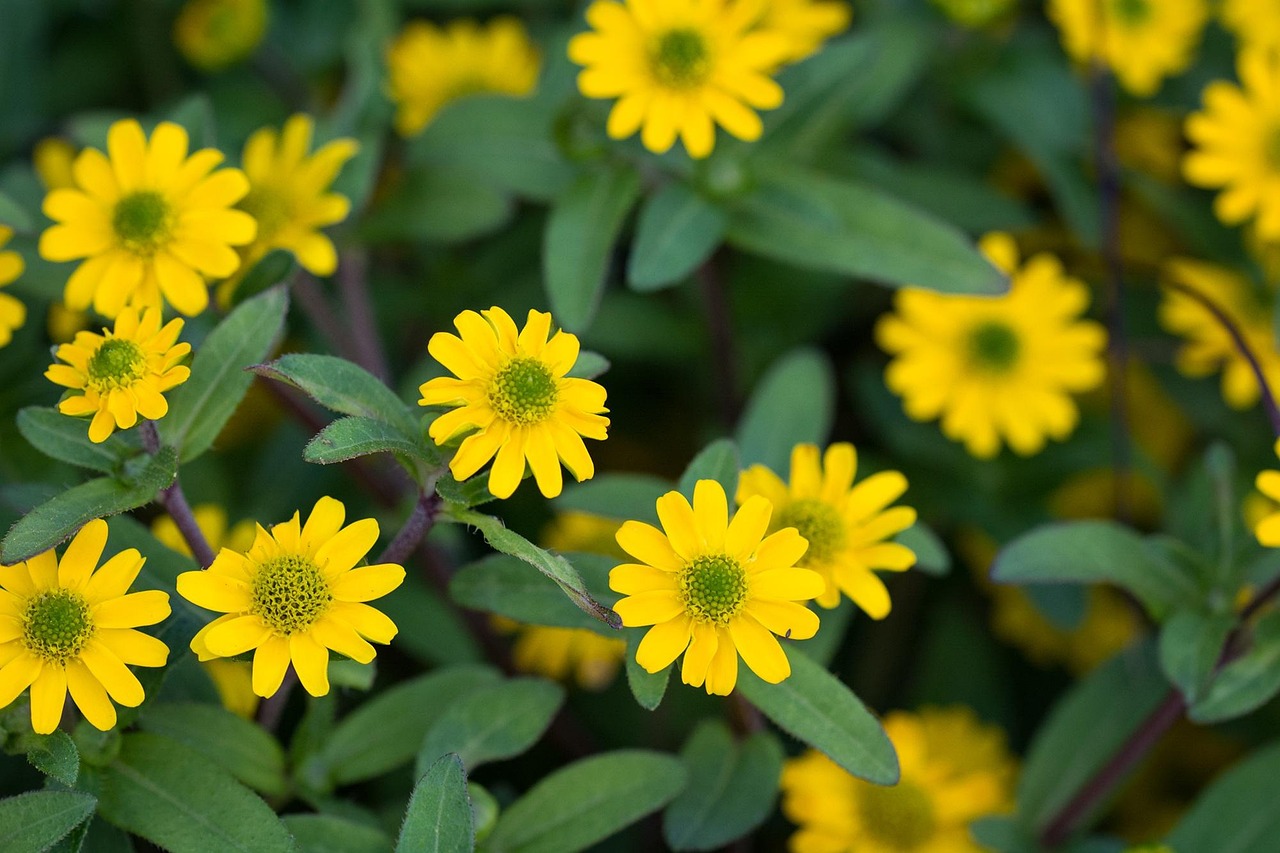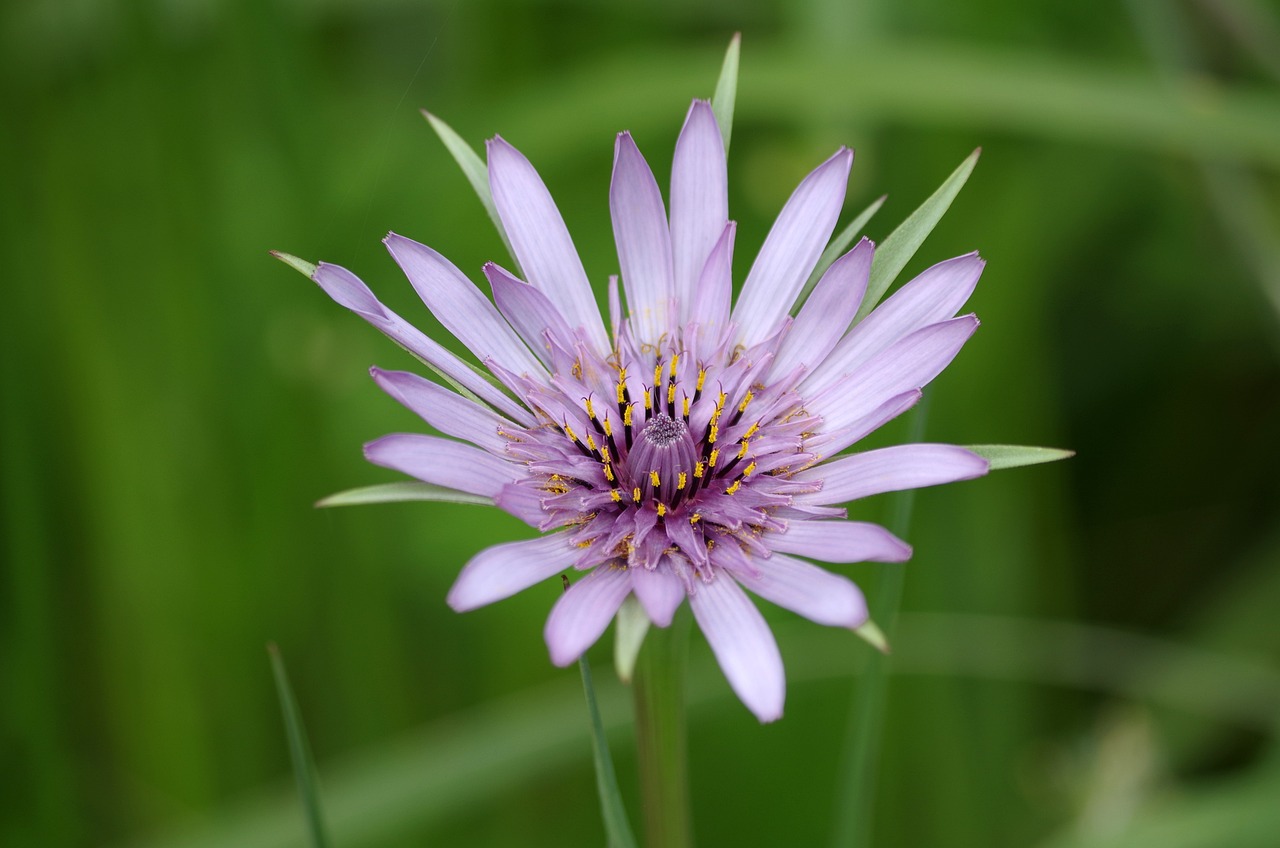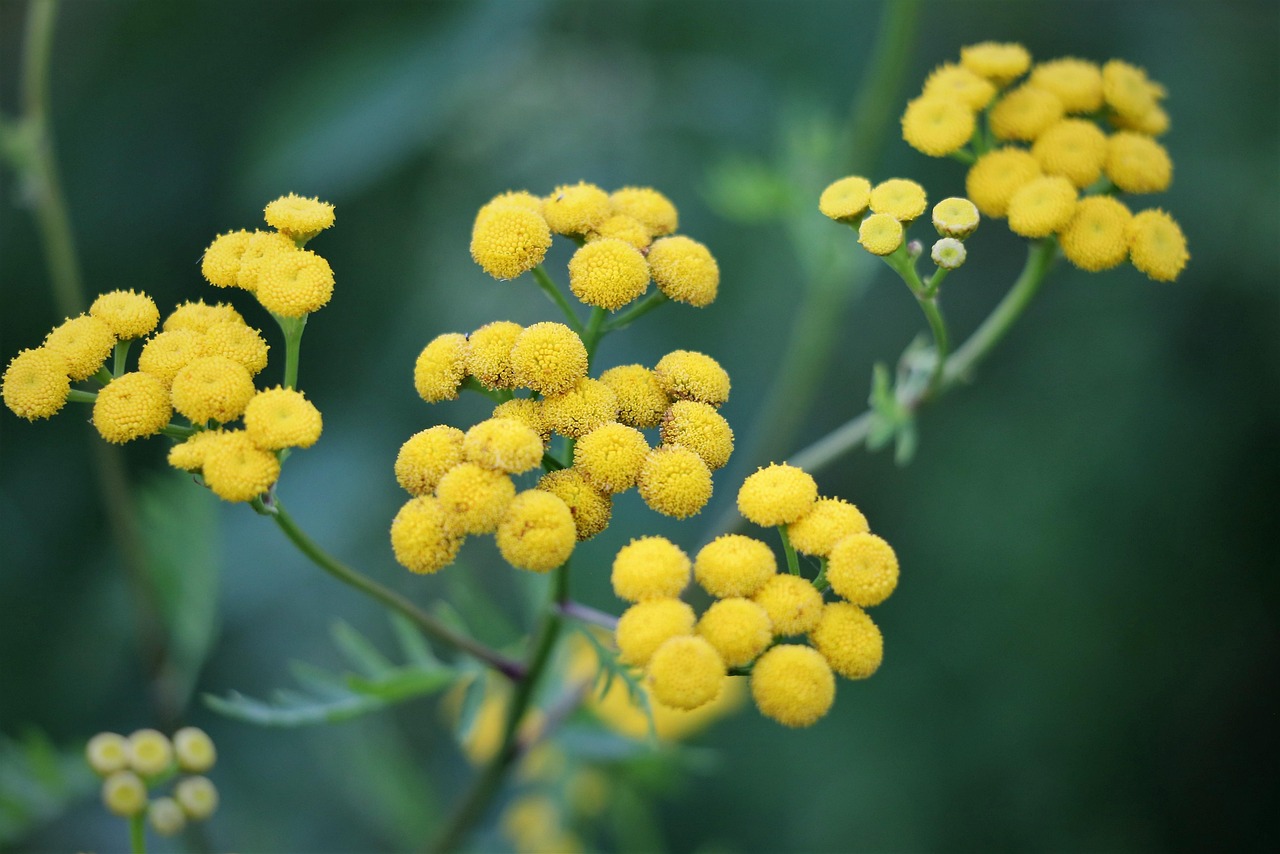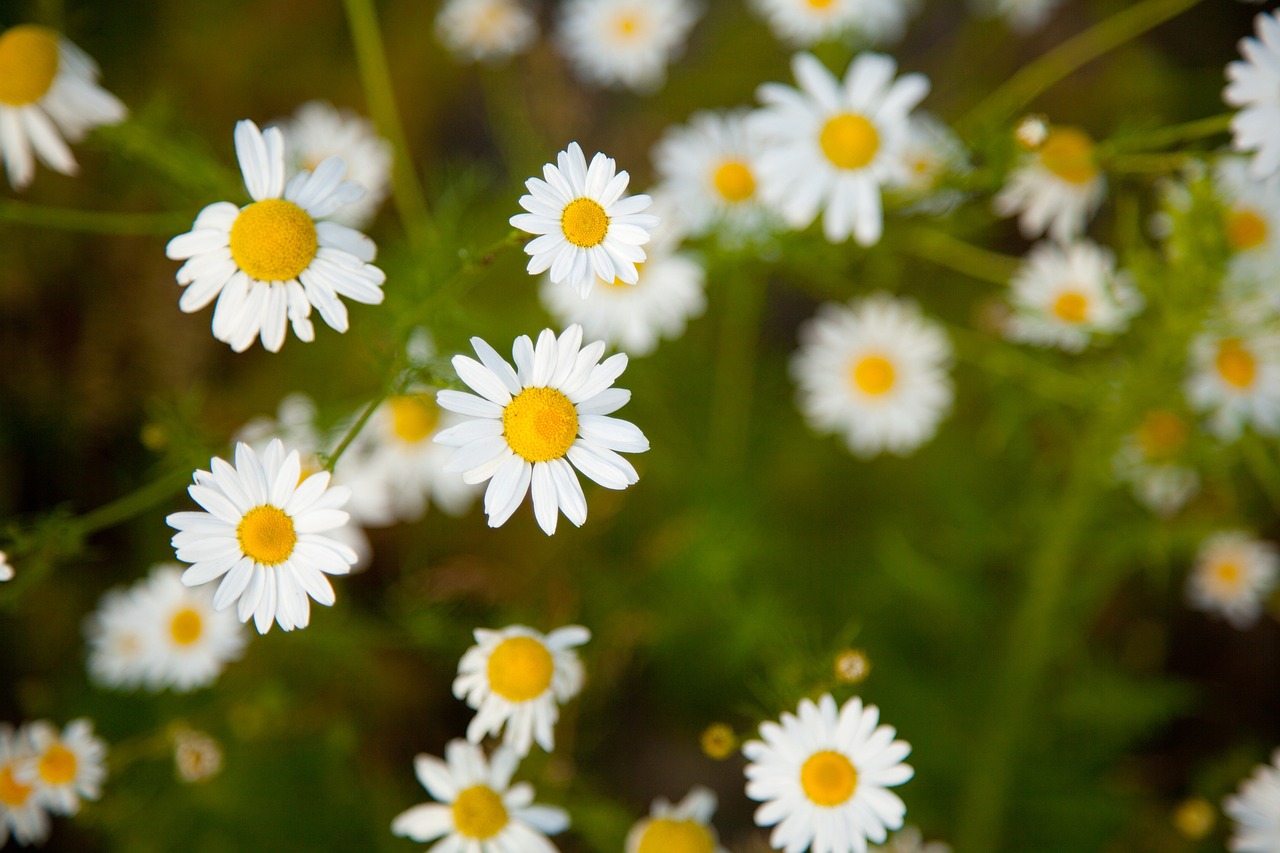Santolina | The Silver Herb of the Mediterranean Hills
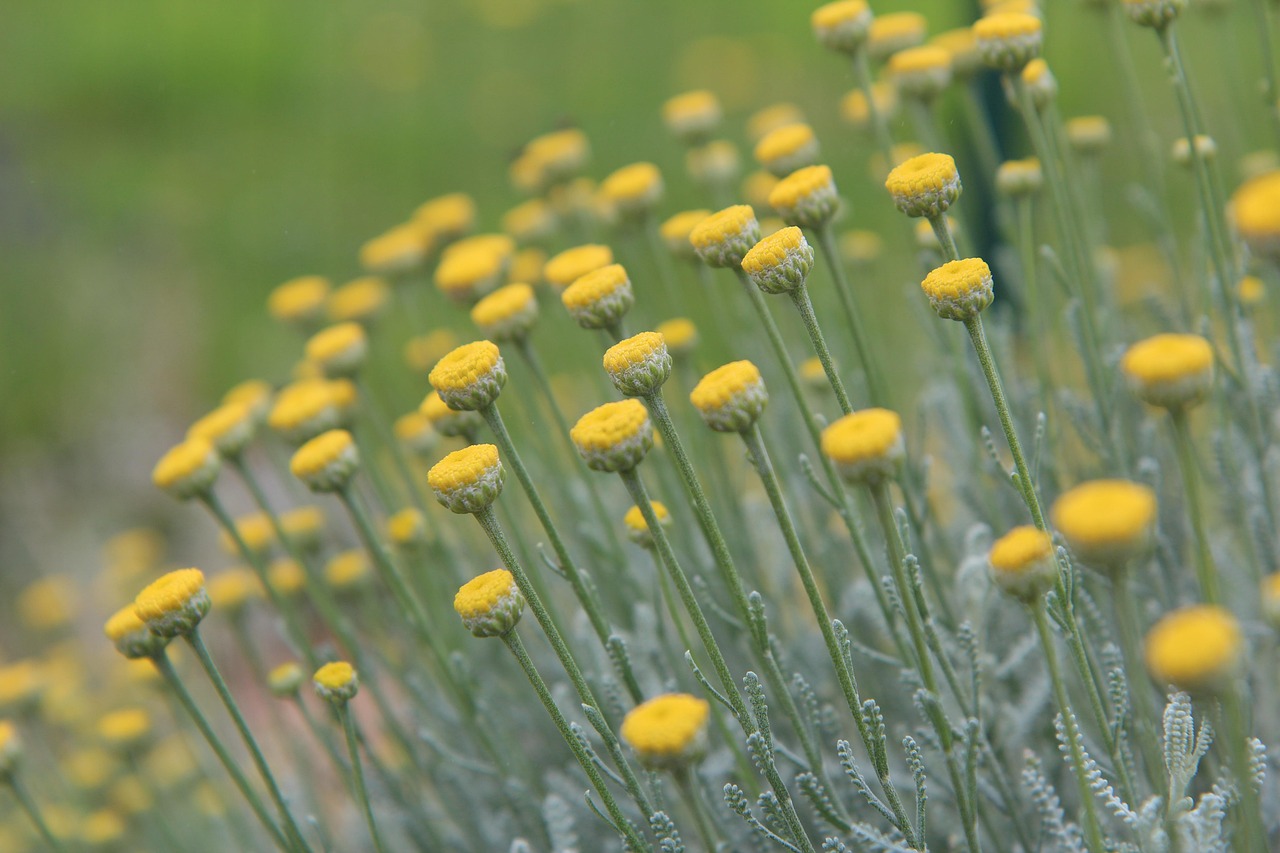
Santolina is a perennial plant characterized by its finely divided silvery-white leaves and bright yellow flowers.
It is popular as an ornamental plant and as a border plant in gardens. Since it is highly resistant to drought and easy to grow, even beginners can enjoy cultivating it without difficulty.
In this article, I will explain in detail the basic information about Santolina, its cultural and historical background, and tips for cultivation.
Basic Information
- Scientific name: Santolina chamaecyparissus
- Family: Asteraceae
- Origin: Mediterranean coastal regions
- Appearance: The finely divided leaves form dense, silvery-white mounds. In early summer, it produces vivid yellow, spherical flowers with a distinctive fragrance.
- Flowering season: Early summer (around June to July)
Cultural Significance Around the World
Santolina has long been incorporated into decorative uses and garden design, especially in Europe.
In Mediterranean regions, its silvery-white leaves stand out beautifully under the intense summer sun, making it a widely used garden accent.
In French and Italian gardens, it is often planted alongside rosemary and lavender to create aromatic spaces.
In England, Santolina has traditionally been used as an edging plant in “knot gardens,” which are designed with geometric patterns, thanks to its suitability for trimming.
During the Middle Ages, it was also grown in monastic gardens, where monks made daily use of its fragrance and durable leaves.
Historical Episodes
The history of Santolina dates back to ancient times. Records show that it was planted in Roman gardens for ornamental purposes.
In Mediterranean cities, plants with silvery foliage were considered essential elements that enhanced the beauty of stone-built gardens.
In 17th-century France, Santolina was introduced into the gardens of the Palace of Versailles, where it was used as part of geometrical hedges.
Later, it spread throughout European garden culture, becoming one of the key plants in knot gardens during the Victorian era in England.
Gardening Advice
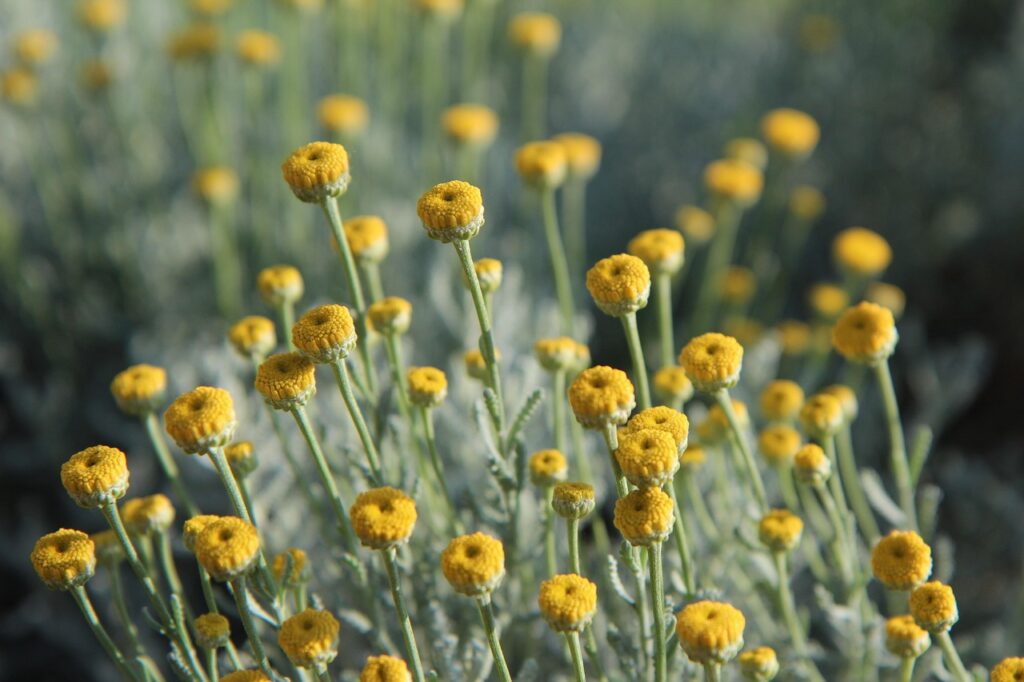
Santolina is drought-tolerant and requires relatively little maintenance. By following these guidelines, you can enjoy its beauty for many years:
Sunlight
Prefers full sun. Exposure to ample sunlight keeps the silvery-white foliage vibrant.
Watering
Avoid overwatering. Water only when the soil surface is thoroughly dry.
Soil
Requires well-drained soil. Sandy soil or light potting soil mixed with leaf mold is ideal.
Fertilizer
Apply sparingly. A small amount of slow-release fertilizer in spring is sufficient to stabilize growth.
Pruning
Trim after flowering to maintain shape and encourage healthy growth. Regular pruning helps the plant remain vigorous.
Cold Resistance
In colder climates, protect the base with mulch in winter to prevent frost damage. In milder regions, it can overwinter outdoors.
Conclusion
Santolina, with its silvery-white leaves and yellow blossoms, is a charming perennial deeply rooted in Mediterranean garden culture.
It has been valued since Roman times as an ornamental plant and continues to play an important role in traditional gardens in France and England, whether as part of geometric designs or as a border plant.
Thanks to its drought resistance and ease of cultivation, planting Santolina in a sunny location allows you to enjoy its beauty year after year.


